Flower of Scotland: An estate near Edinburgh that was inspired by the gardens of Versailles hits the open market for the first time
The centrepiece of the 764 estate is a 13-bedroom home designed by Robert Adam. And it's just 10 miles from Scotland's capital.

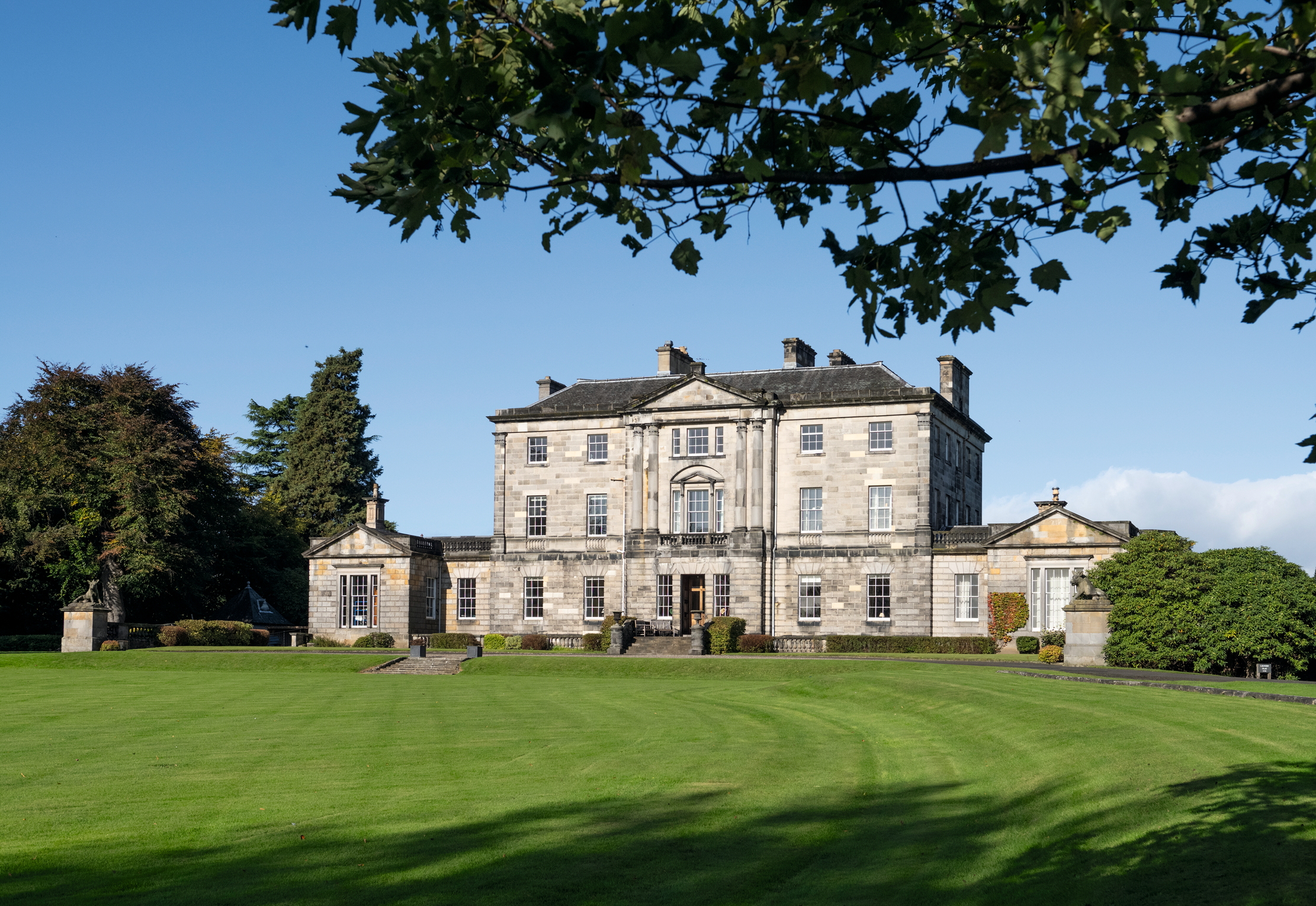
Quality not quantity is the phrase that best describes the current state of play in the Scottish estates market. The highlight of the year to date is the launch in yesterday’s Country Life of the historic, 764-acre Newliston estate at Kirkliston, near Edinburgh, which has never before been seen on the open market.
Evelyn Channing of Savills Edinburgh office seeks ‘offers over £15 million’ for the ‘pastoral oasis’, with its Category A-listed mansion built in 1792–93 by Robert Adam within an important designed landscape, both designated of ‘outstanding architectural and historical interest’ by Historic Scotland. Despite its location 10 miles from Edinburgh city centre and four miles from Edinburgh airport, the estate is sheltered from the outside world by acres of gardens, woods and farmland that create a sense of seclusion and tranquillity within easy reach of central Scotland’s motorway network.
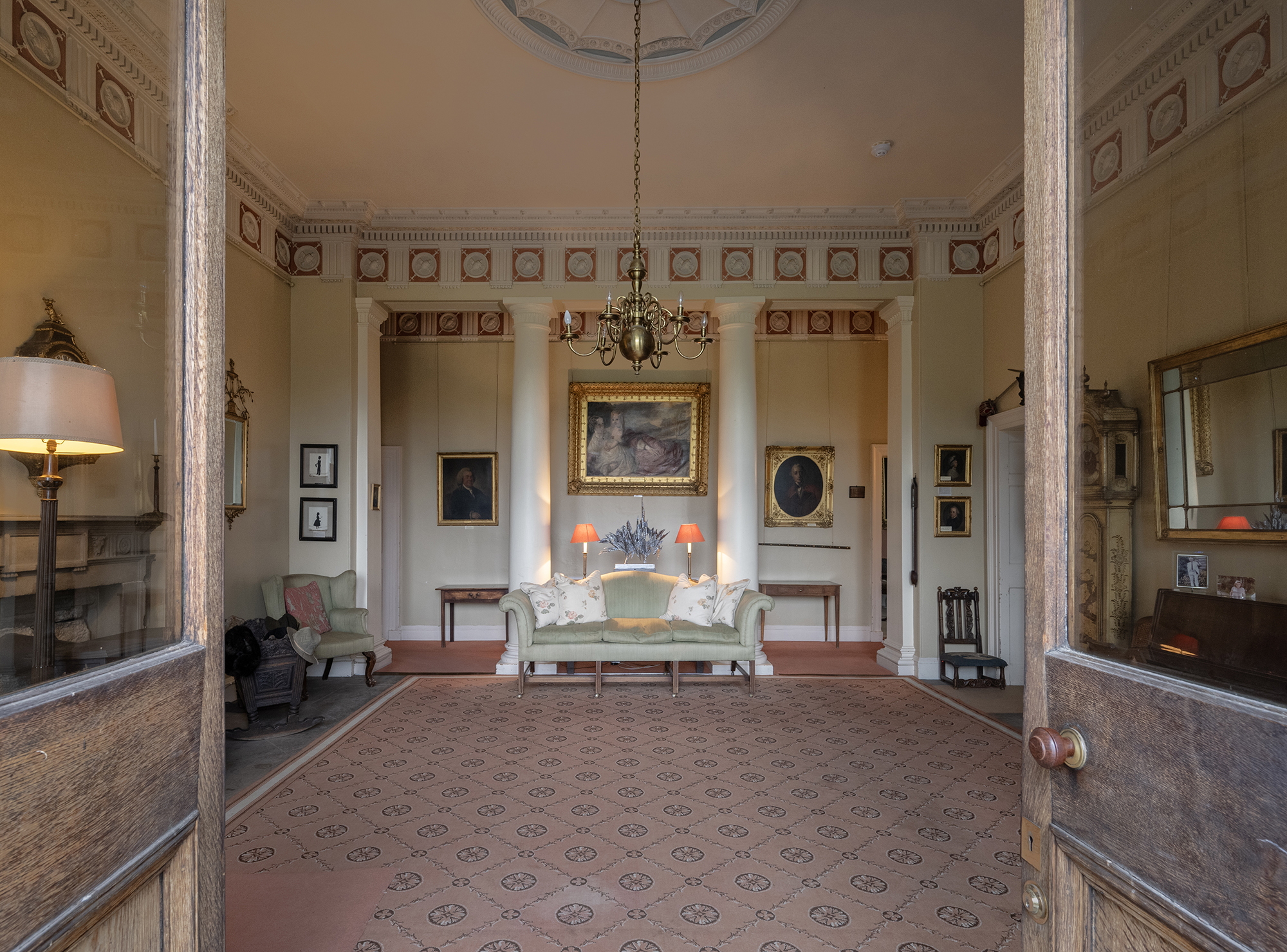
Only two families — the Dundases and the Hogs — have owned Newliston since the 15th century. According to Sir Robert Douglas’s Baronage of Scotland (1798), the Dundas family, descendants of Duncan, 1st Dundas of Newliston, owned Newliston and other properties for the best part of three centuries. In 1669, Elizabeth, the 8th and last Dundas of Newliston, married Sir John Dalrymple, later Earl of Stair, and it is to their son, Field Marshal the 2nd Earl of Stair, that Newliston owes much of what remains today.
Lord Stair had a successful career as a soldier and, from 1715–20, was ambassador to the court of France at Versailles, where he was greatly influenced by the layout of the gardens and grounds. However, he fell out of favour for a time in the wake of the South Sea Bubble scandal, and, according to estate records, ‘lived in comparative seclusion from 1722 to 1742, during the greater part of each year at the house of Newliston’.
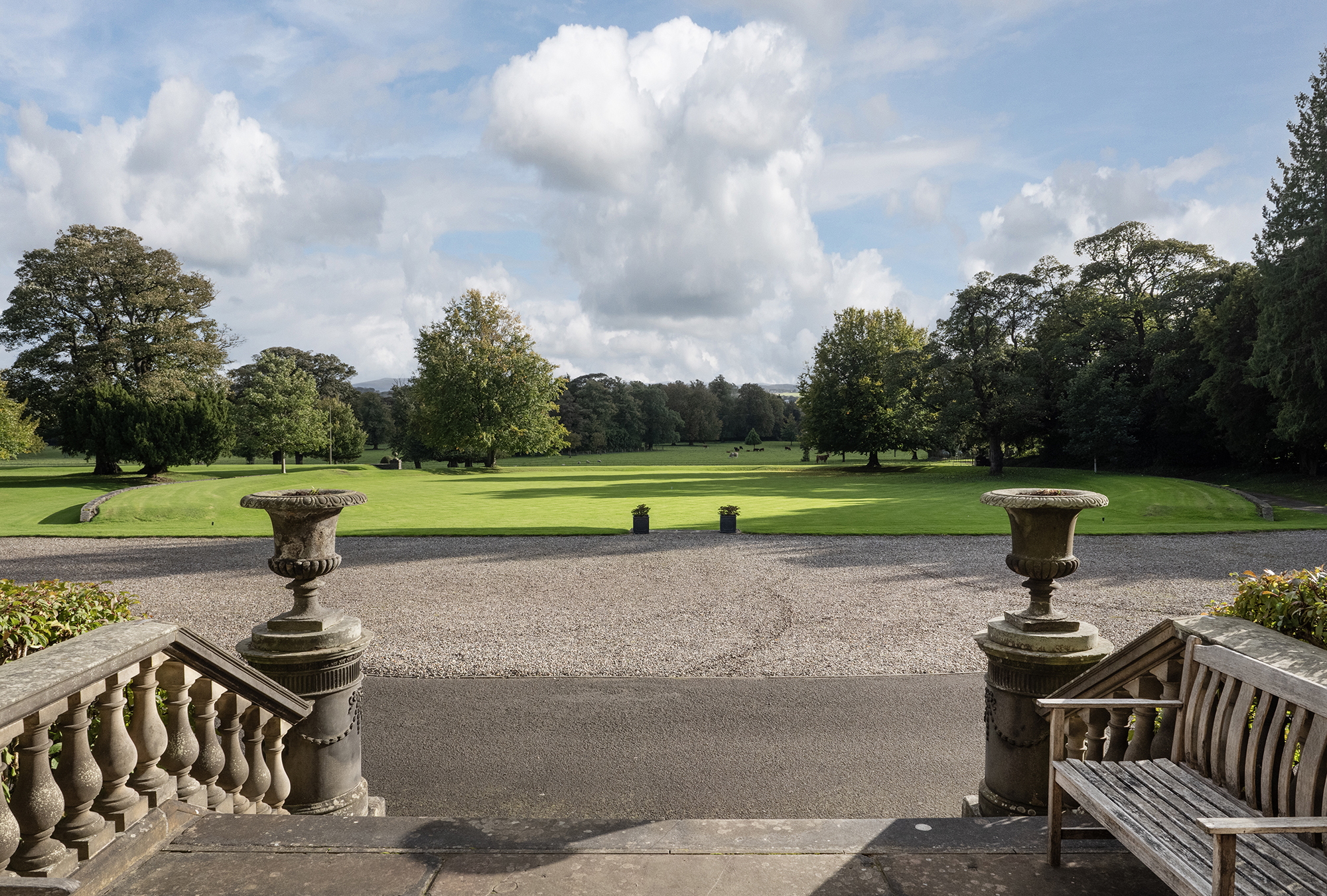
In that time, he laid out the grounds with the aim of preparing ‘a worthy site for the great mansion designed for him by William Adam and reproduced in Vitruvius Scoticus’ — a collection of plans of public buildings and gentlemen’s houses mainly featuring Adam’s designs. Inspired by Versailles, the landscape at Newliston features sunken fences, canals, ponds, tree avenues, a ha-ha, a horseshoe-shaped drive and three gate lodges, all designed to complement Adam’s ‘great mansion’. However, that house was never built and, when Lord Stair died in 1747, his executors sold the Newliston estate to Roger Hog, a wealthy banker and the ancestor of the present owners.
Hog died in March 1789, after which his son, Thomas, and his wife, Lady Mary Maitland, revived the project to build the present house. They immediately turned to Adam’s son, Robert, who produced revised plans for a less ambitious house in December that year. Newliston was to be Adam Jnr’s last country house, for he died in March 1792 before it was quite finished. The wings featured in his father’s original plan were added in 1845, to the design of David Bryce, the architect of nearby Clifton Hall, who also added the balustrades around the raised forecourt.
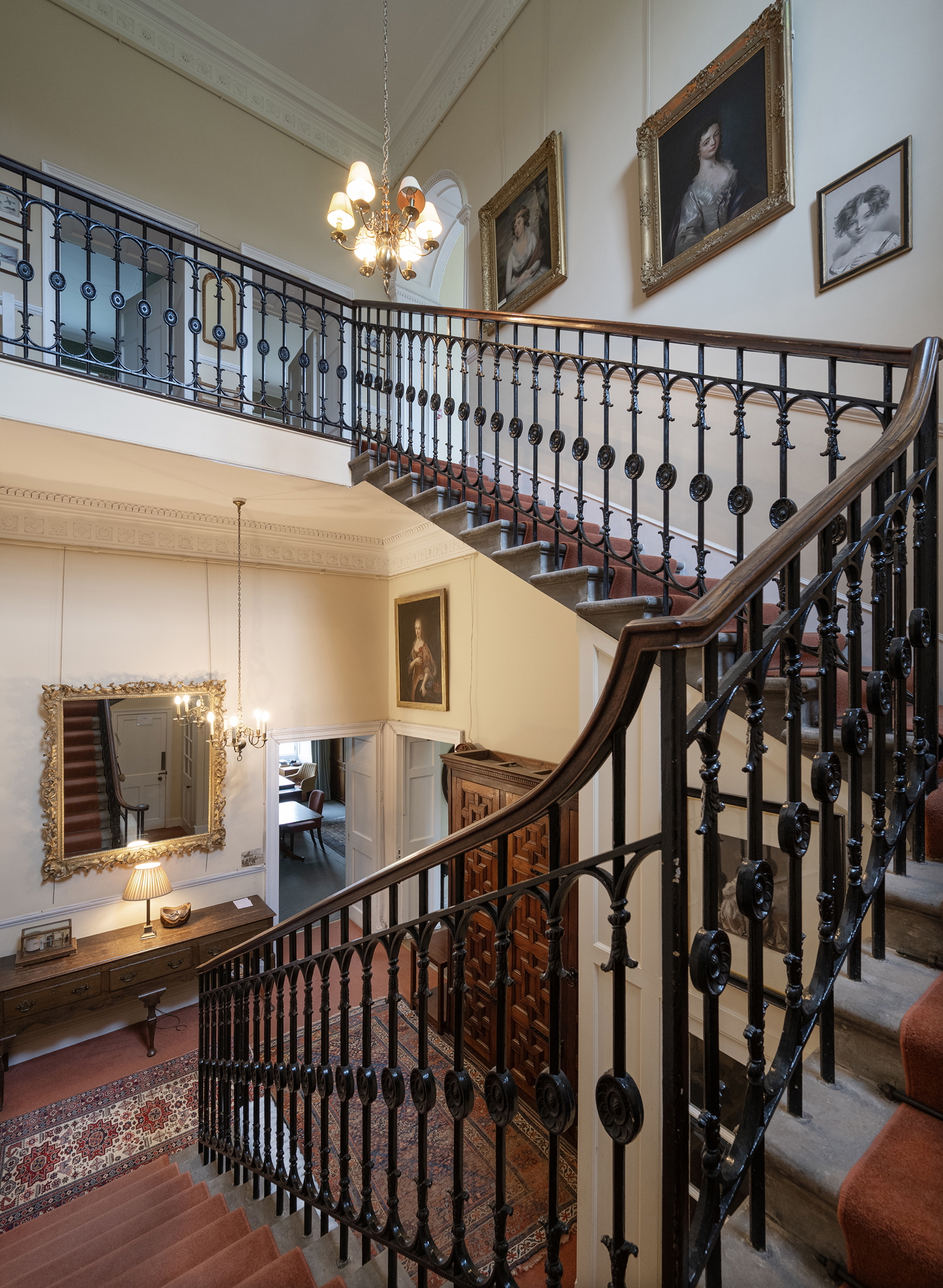
The subject of an article in Country Life (February 26, 1916), Newliston House is built on three storeys with a subterranean basement. The classically symmetrical Georgian house is five windows wide with a central bay, to which were added Bryce’s wings, designed in Adam Jnr’s style. The house offers more than 18,000sq ft of elegant accommodation, including five reception rooms, 13 bedrooms, six bathrooms and a self-contained three-bedroom apartment.
Exquisite houses, the beauty of Nature, and how to get the most from your life, straight to your inbox.
Highlights of the interior include the impressive entrance hall with its Roman Doric-style columns; the panelled drawing room with its needlework panels designed by Adam Jnr and worked upon by Lady Mary (this room was doubled in size by the addition of a ballroom by Bryce with a sprung floor and full-height windows overlooking the east garden); the beautiful book-lined library; and the original dining room, now used as a sitting room and study, which boasts an elegant frieze and a handsome chimneypiece with a mirror above. Bryce’s west wing houses a homely kitchen with an electric Aga, the basement rooms, a wine cellar and a boiler room fitted with two oil-fired boilers installed in 2016.
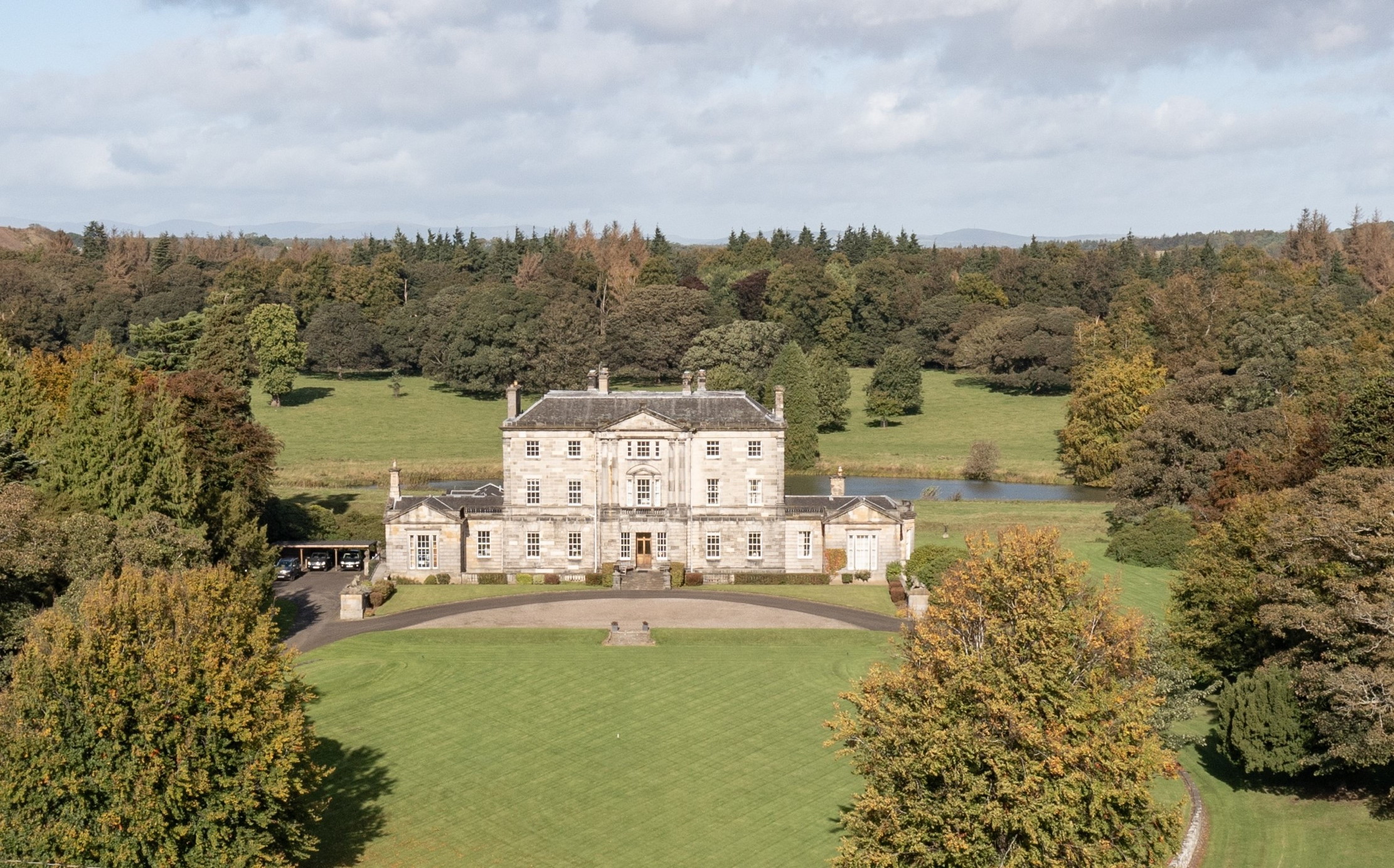
Scattered across the estate are houses, cottages and commercial premises, let to generate a useful income. The three gate lodges are positioned by each of the entrance drives and the Inner Lodge sits within the parkland in front of Newliston House. Within the garden grounds, The Doo’cot was converted in the late 1970s from a 16th-century dovecot into a quirky, three-bedroom dwelling.
The Garden House, originally home to the head gardener, was extended over the years to become the second main house on the estate. Other cottages are located near Home Farm and the 18th-century stable block has been converted to residential use, with its Bell Tower adapted for use as a cookery school.
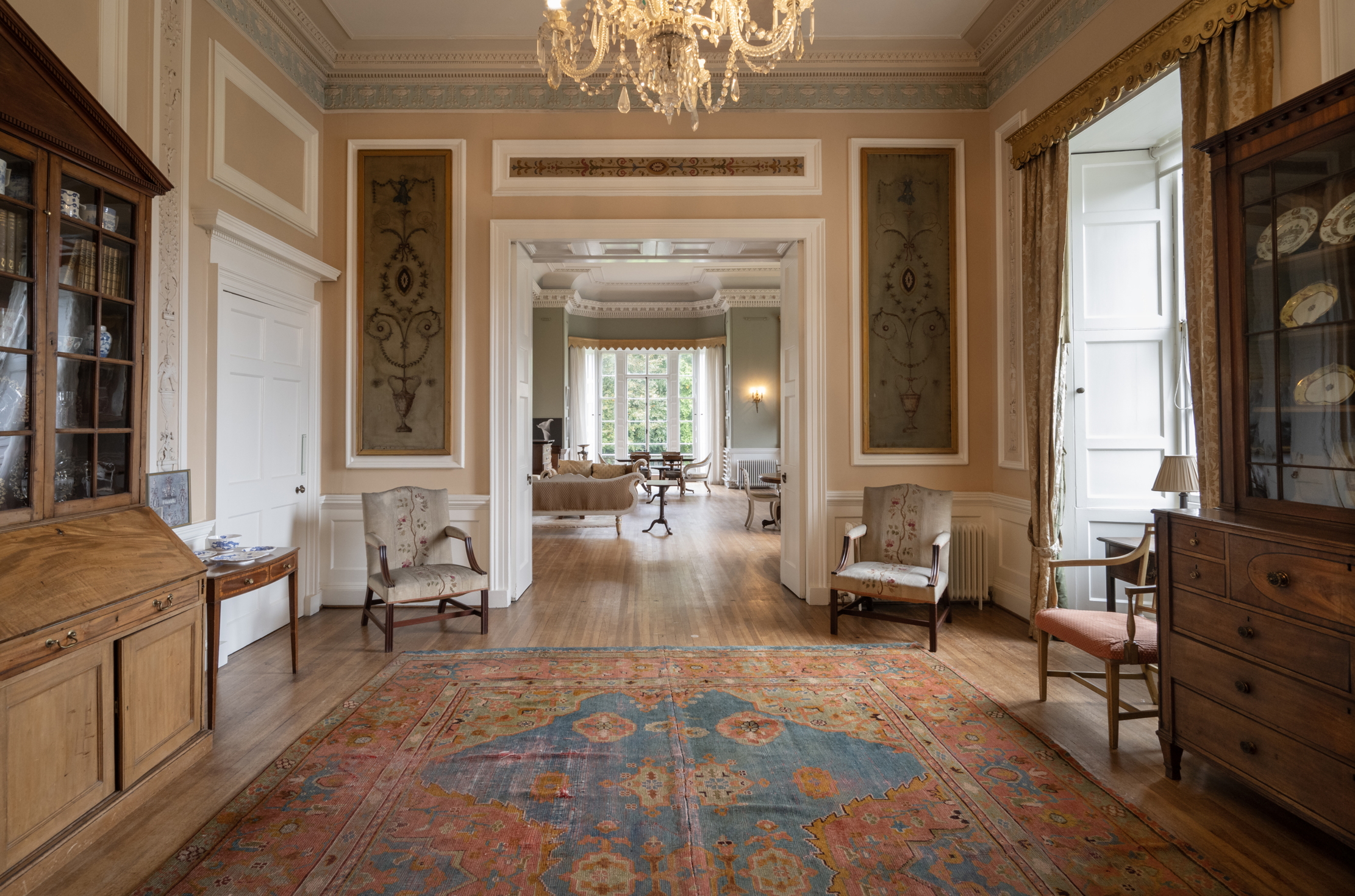
The principal farming operation on the Newliston estate is Milrig Farm, comprising Milrig Farmhouse, two cottages, a range of farm buildings and 535 acres of land let under two modern limited-duration tenancies until 2035. The River Almond forms the southern estate boundary and marks the divide between productive farmland and light industrial development on the south side of the river.
The Newliston Estate is for sale with Savills for offers over £15 million. For more information, call 0131–247 3720
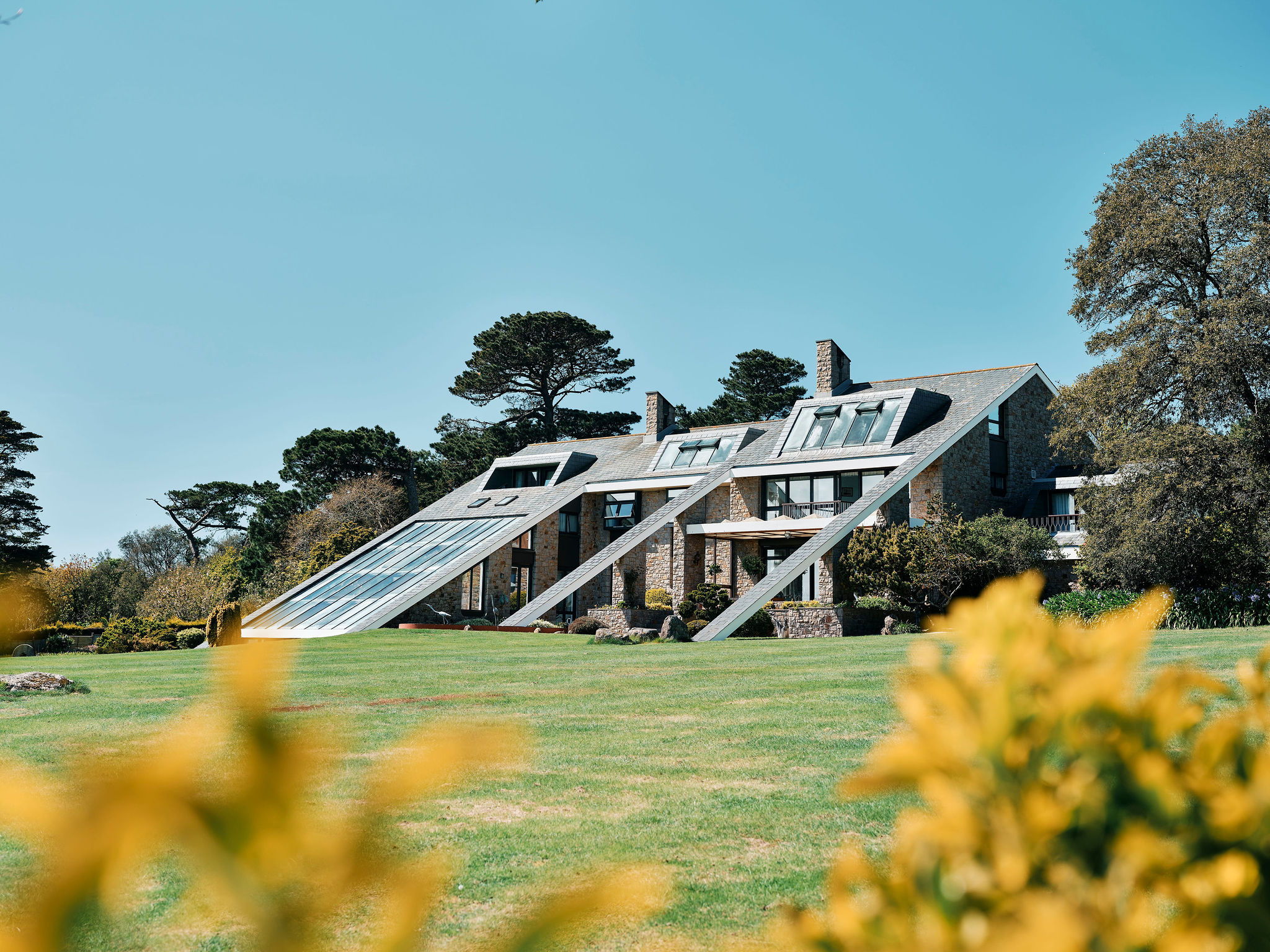
Credit: John D Wood & Co
Villa Devereux, home of Ron Hickman and one of Jersey's most famous houses, comes up for sale
From the mind that brought us the Lotus Elan and the Black and Decker Workmate, comes this gorgeous modernist property,

